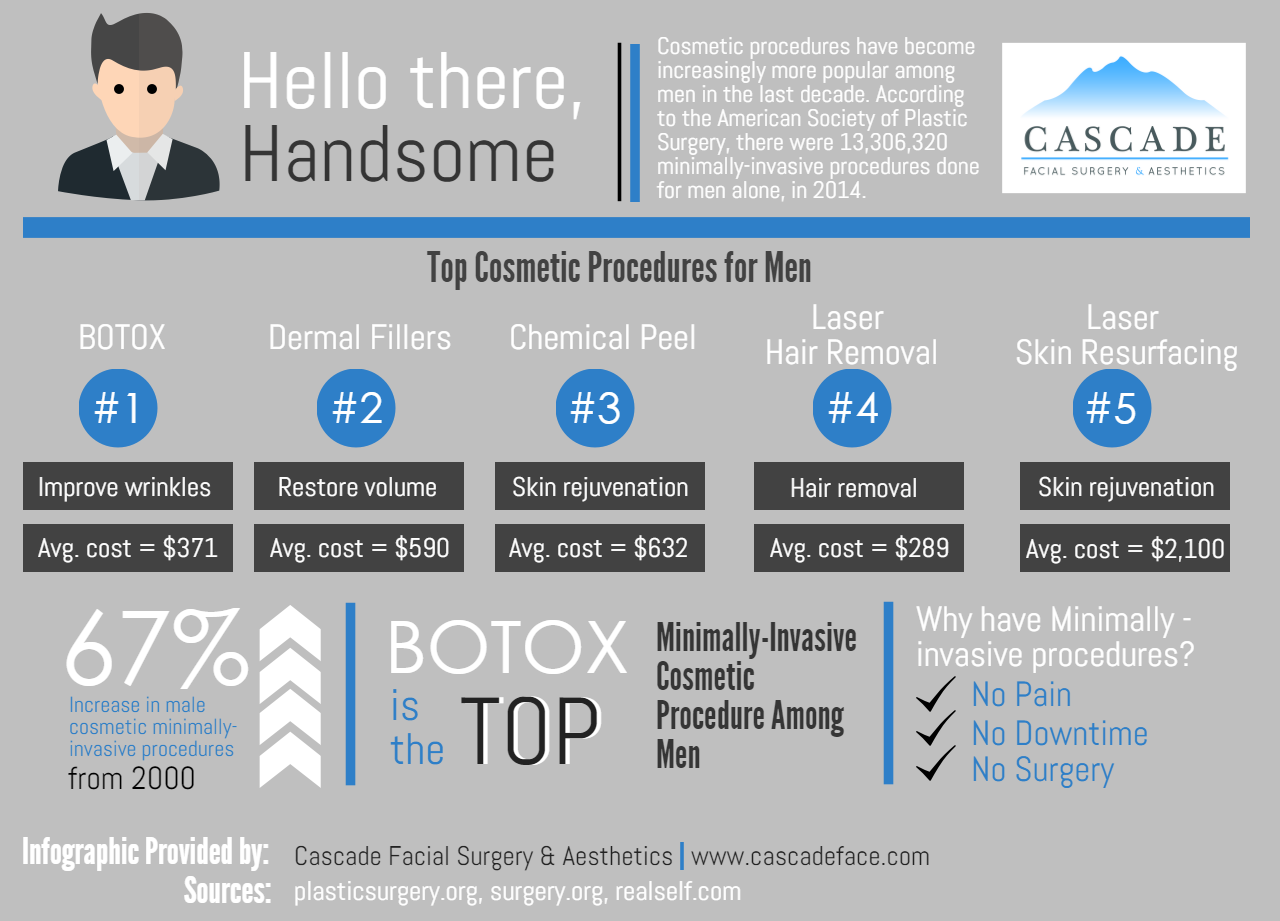Side Effects Of Oral Acne Medications
Side Effects Of Oral Acne Medications
Blog Article
How Does Photodynamic Treatment (PDT) Job?
Photodynamic treatment (PDT) combines a light-sensitive medication with special light to eliminate cancerous and precancerous cells. Your medical professional puts the medicine on your skin or inside your eye and then radiates a light on the therapy area.
This mix kills cancerous cells and saves healthy tissue. Yale Medicine pulmonologist George Eapen, M.D., describes just how this works.
The Photosensitizer
Photodynamic therapy (PDT) utilizes a mix of light and a medication called a photosensitizer to eliminate malignant or precancerous cells and extra healthy and balanced tissue. You obtain an injection of the photosensitizer, which is then triggered by light in your body. The photosensitizer is taken in by both healthy and balanced and malignant cells but isn't hazardous up until it is triggered by the light.
Light-absorbing particles, called photosensitizers, are discovered in plants and animals, including humans. There are lots of photosensitizers, however the majority of are able to take in a specific variety of light wavelengths.
When the photosensitizer is exposed to a light with a matching spectral array, it's transformed from its ground state right into an ecstatic singlet state. This allows it to transfer energy to molecular oxygen, generating singlet oxygen and totally free radicals that mediate cellular toxicity.
The Light
Throughout therapy, a special light is shined on the area where the photosensitizer was used. This light turns on the medication and damages cancer cells or precancerous cells that it has targeted.
The medications that are made use of in photodynamic therapy have various absorption properties and a few of them may take hours to leave normal cells yet remain longer in cancer cells or precancer cells. This procedure permits the physician to target cancer cells more specifically than various other kinds of therapies that use noticeable light, such as lasers or electrocautery [54]
Photodynamic therapy can treat the earliest areas of sun damage known as actinic keratosis and can reduce skin cancer growth in people at high danger for creating the condition. It is additionally an alternative for some people with damp type age-related macular deterioration, which is a typical reason for loss of central vision in older grownups. It can not restore the loss of vision brought on by this disease, yet it can decrease the development of abnormal capillary development that creates wet AMD.
The Activation
Photodynamic therapy (PDT) utilizes a medication and light to deal with cancer cells and various other skin problem. It targets precancerous cells and kills them. Unlike other cancer cells therapies that shed and ruin, this treatment kills precancerous cells while sparing healthy and balanced cells.
The photosensitizer is provided right into the skin with topical, oral or intravenous management. It is soaked up by the tumor cells and triggered when revealed to light of a certain wavelength. This triggers a sequence of photochemical reactions that creates reactive oxygen species (ROS) that damages tumor tissue and kill cancer cells.
PDT is most often used to treat actinic keratoses and in situ squamous cell botox injections cancer (Bowen condition). It can likewise be utilized to deal with other sorts of skin cancer cells, including surface basal cell cancer. It can be utilized alone or with other therapies, such as surgery or radiation. It can even shrink tumors in the lungs, allowing surgery or other treatment to be secure and efficient.
The Treatment
PDT functions best in little unusual locations of tissue that a source of light can reach, such as the skin, eyes, mouth or food pipeline (oesophagus) and lungs. It is additionally utilized to deal with precancerous growths, such as actinic keratoses, which are sun-damaged cells that can become cancer cells.
Doctors carry out the photosensitizer as a cream or shot, and then beam a light on the treatment area. The light ruins the uncommon cells. While healthy cells soak up the photosensitizer, it stays much longer in cancerous cells.
After the treatment, your body normally takes care of the dead cells. Clients with lung cancer cells may experience divulging blood or have a bronchoscopy to clear the lungs of the dead cells. In some cases, your physicians might use a bronchoscopy to eliminate the photosensitizer from the lungs too if it causes severe signs and symptoms. It is very important to remain indoors and utilize sun block when you go outside while the photosensitizer is in your system.